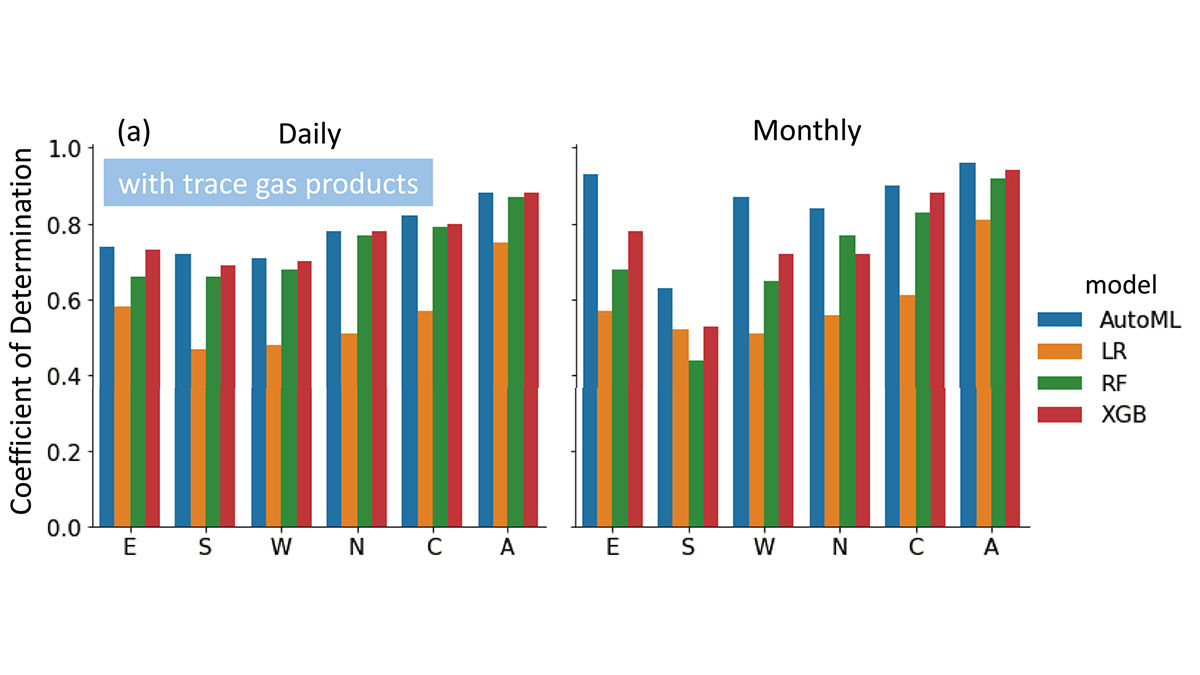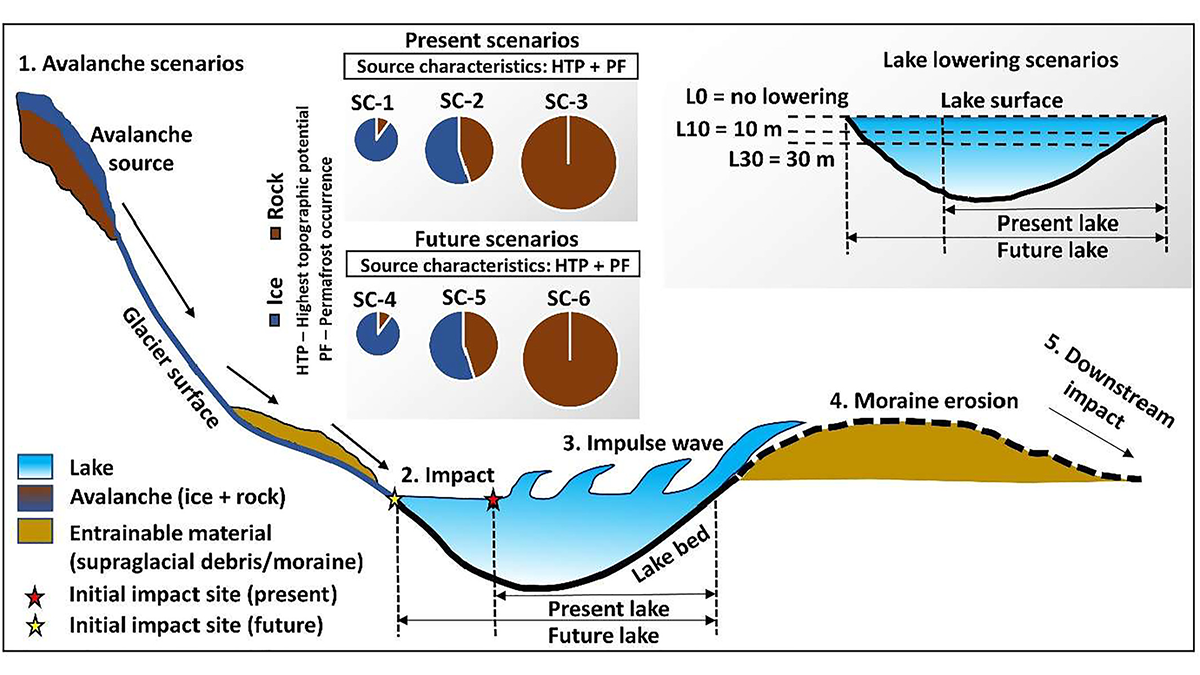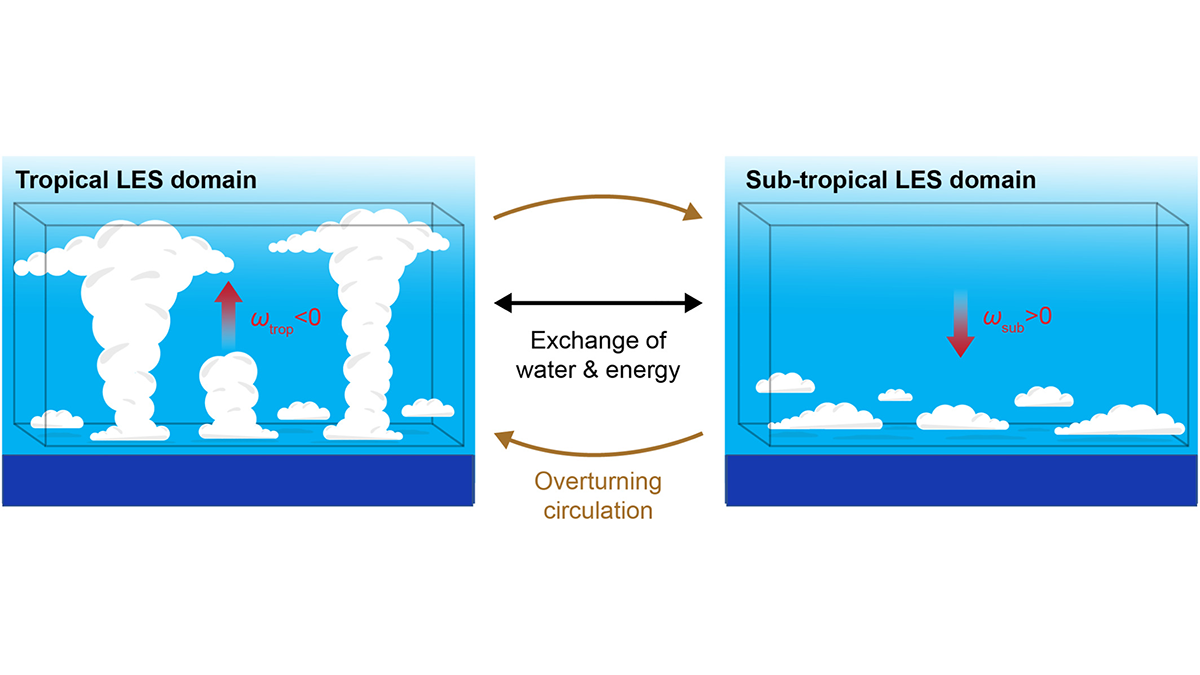Bio-Argo floats and satellite altimeter data reveal that upwelling caused by confluent flow on the warm side of ocean fronts increases phytoplankton carbon and chlorophyll.
Editors’ Highlights
Gulf Stream Closes the Valve of the Labrador Current
Virtual particles released in the Labrador Current revealed that the westward penetration of the current into the shelf seas is inhibited by warm core rings emanating from the Gulf Stream.
Unleashing the Power of AutoML for Atmospheric Research
Automated Machine Learning liberates domain scientists from selecting learners and hyperparameters and discovers the importance of atmospheric trace gases for improving surface PM2.5 estimates.
Topography Along the Apennines Reflects Subduction Dynamics
Topography and exhumation vary strongly along the Apennines, reflecting the geometry of the Moho and different geodynamic mechanisms.
Martian Rocks May Record Ancient Wind Directions
Mars 2020 Perseverance Rover images of abraded surface rocks may retain records of ancient wind directions, providing important ground-truth to our understanding of Mars’ recent climate history.
Better Resolution Might Unlock the Mystery of Storms
Climate models have many persistent and systematic biases, but a new study shows that allowing for a physical rather than statistical representation of energy transport reduces one of them.
Martian Lava, Up Close and Personal
The Mars 2020 Perseverance Rover conducted the first investigation of volcanic rocks where they stand in their original configuration on the surface of Mars.
A New Approach to Spinning-Up Passive Tracers in Ocean Models
A new computational method enables finding steady-state distributions of tracers in ocean circulation models, opening opportunities for physical and biogeochemical insight.
Artificial Lake-Level Lowering Alleviates Floods in the Himalayas
A new model combining future permafrost degradation and related avalanches demonstrates that artificial lake-lowering could significantly reduce the risk of glacial lake outburst floods.
Examining Aerosol-Cloud-Climate Interactions at a Large Scale
A new numerical setup demonstrates that aerosols could affect clouds, and hence the radiation budget, thousands of kilometers from their location.










